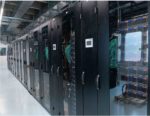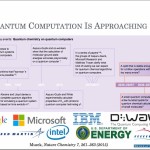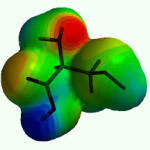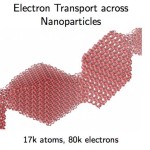Even though computational chemistry represents a challenging arena for machine learning, a team of researchers from the Massachusetts Institute of Technology (MIT) may have made it easier. Using Comet at the San Diego Supercomputer Center at UC San Diego and Bridges at the Pittsburgh Supercomputing Center, they succeeded in developing an artificial intelligence (AI) approach to detect electron correlation – the interaction between a system’s electrons – which is vital but expensive to calculate in quantum chemistry.
MIT Researchers Develop Neural Networks for Computational Chemistry Using SDSC, PSC Supercomputers
JUSTUS 2 Supercomputer from NEC Deployed at University of Ulm
NEC has deployed a new supercomputer at the University of Ulm in Germany. With a peak performance of 2 petaflops, the 4.4 million euro JUSTUS 2 system will enable complex simulations in chemistry and quantum physics. “JUSTUS 2 enables highly complex computer simulations at the molecular and atomic level, for example from chemistry and quantum science, as well as complex data analysis. And this with significantly higher energy efficiency than its predecessor,” said Ulrich Steinbach.
Video: Quantum Computers and Quantum Chemistry
In this video from the Department of Energy Computational Science Graduate Fellowship meeting, Jarrod McClean from Harvard University presents: Quantum Computers and Quantum Chemistry.
Quantum Chemistry at Scale
“Applications can be tuned to use both the Intel Xeon and the Intel Xeon Phi simultaneously, without modifying the code to just run on the coprocessor. Using a number of software tools from Intel, performance of a coupled cluster method can be demonstrated to gain a tremendous performance with excellent scaling.”
GPU Accelerated Quantum Chemistry: A New Method
“The ability to accurately and efficiently study the absorption spectra of large chemical systems necessitates the development of new algorithms and the use of different architectures. We have developed a highly parallelizable algorithm in order to study excited state properties with ab initio electronic structure theory. This approach has recently been implemented to take advantage of graphical processing units to further improve efficiency.”
Video: Accelerated Quantum Chemistry with CP2K
“Learn how we achieve great GPU performance with an auto-tuned sparse matrix multiplication library, enabling quantum simulation of millions of electrons.”









